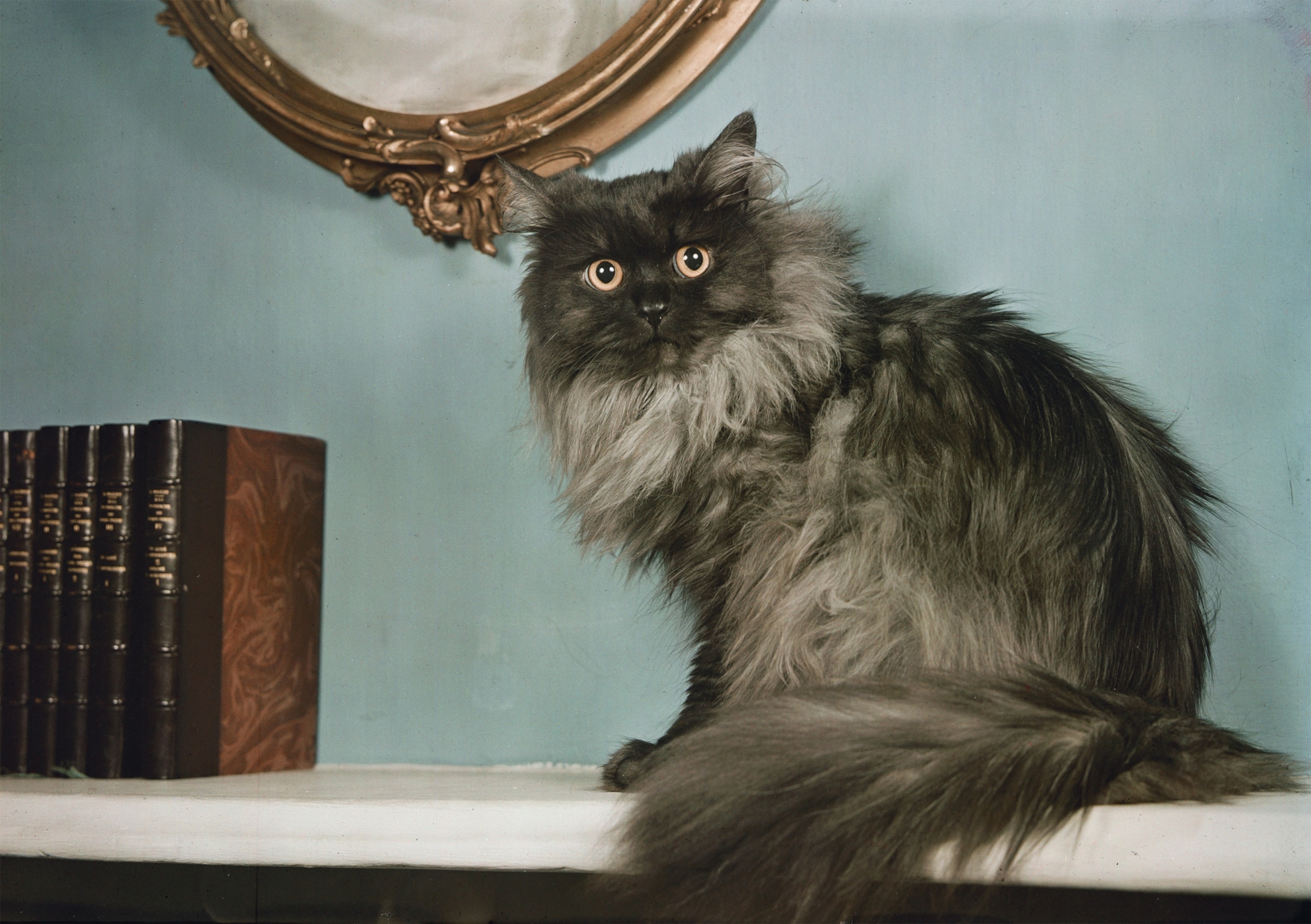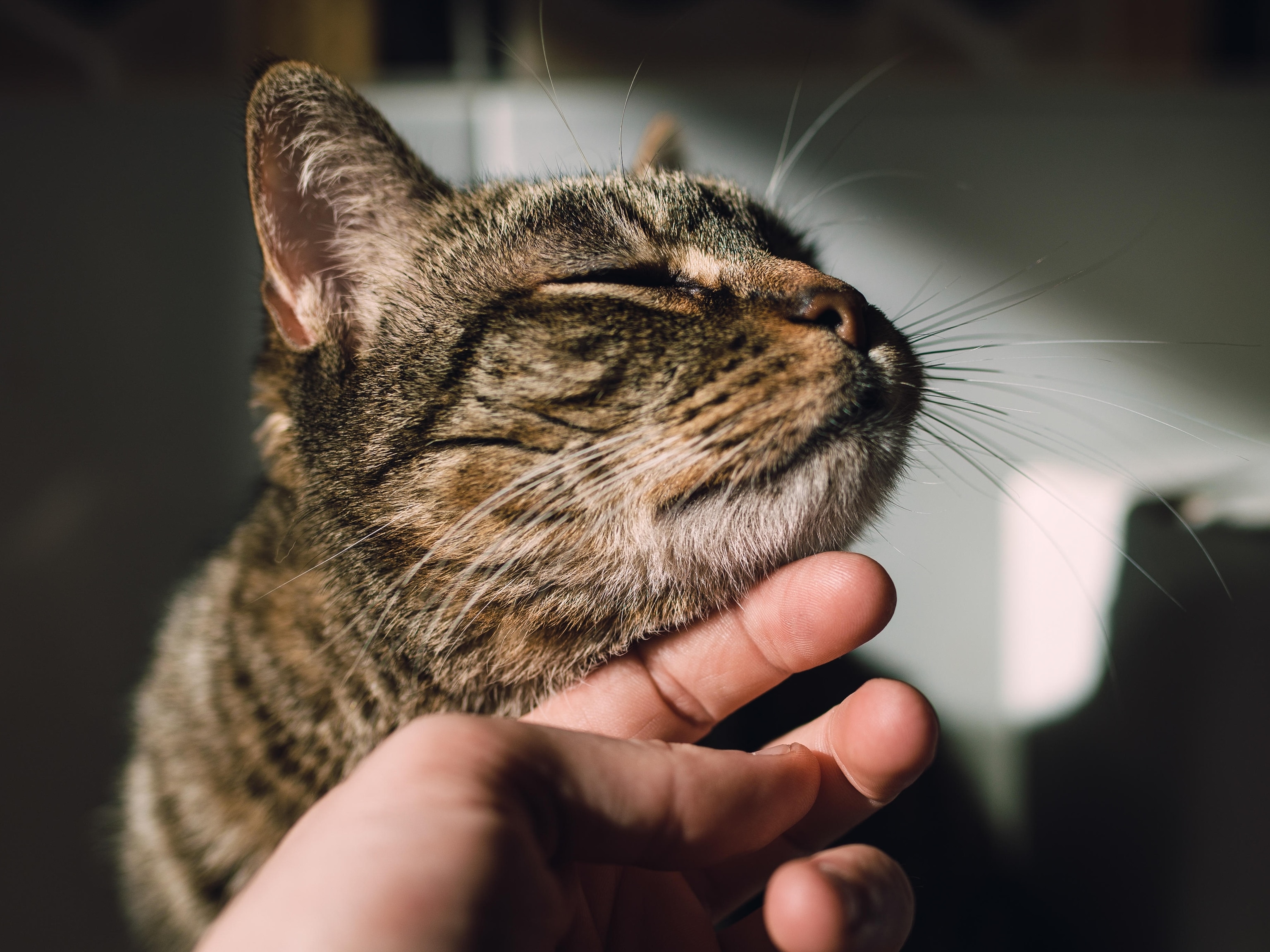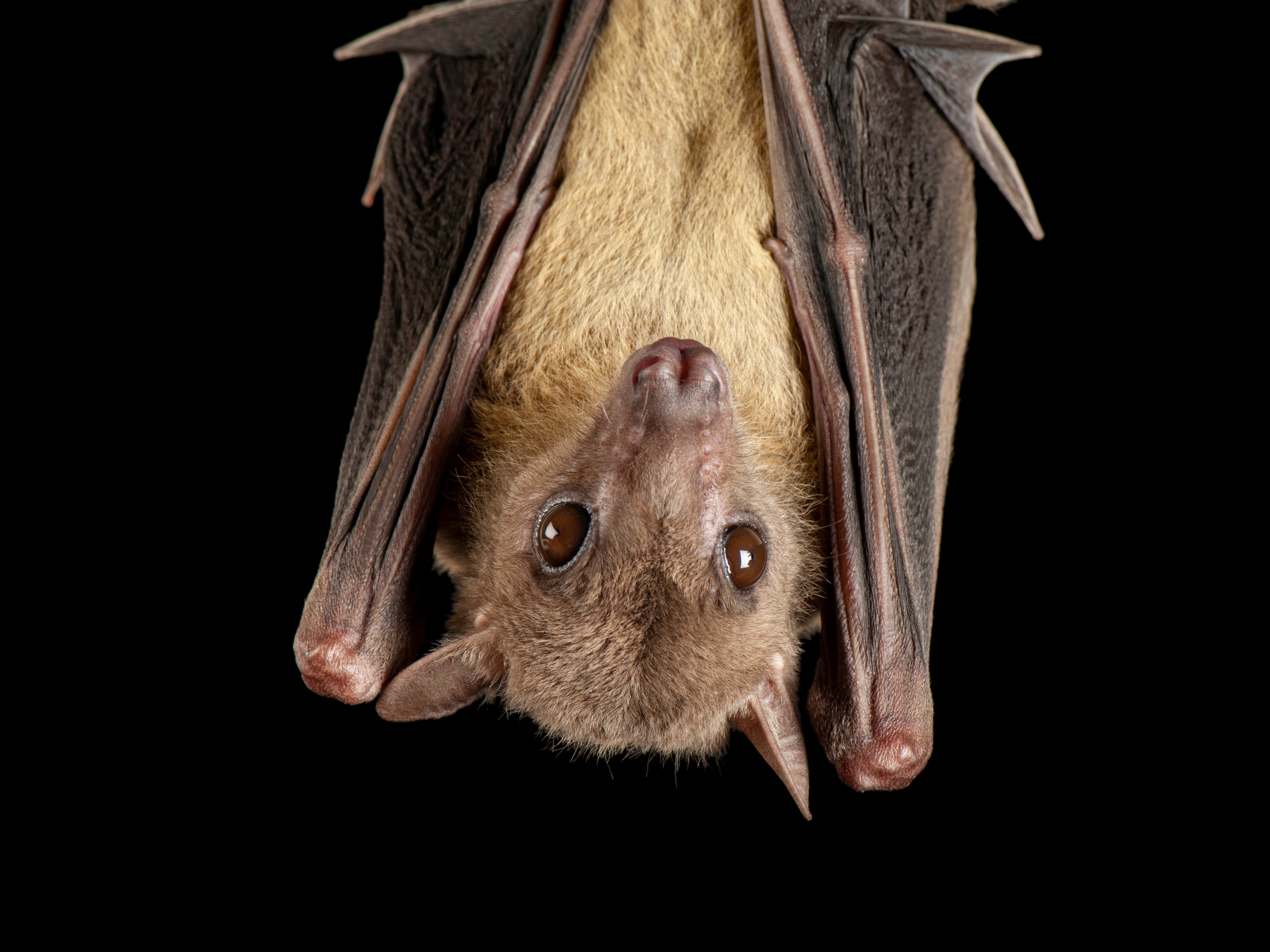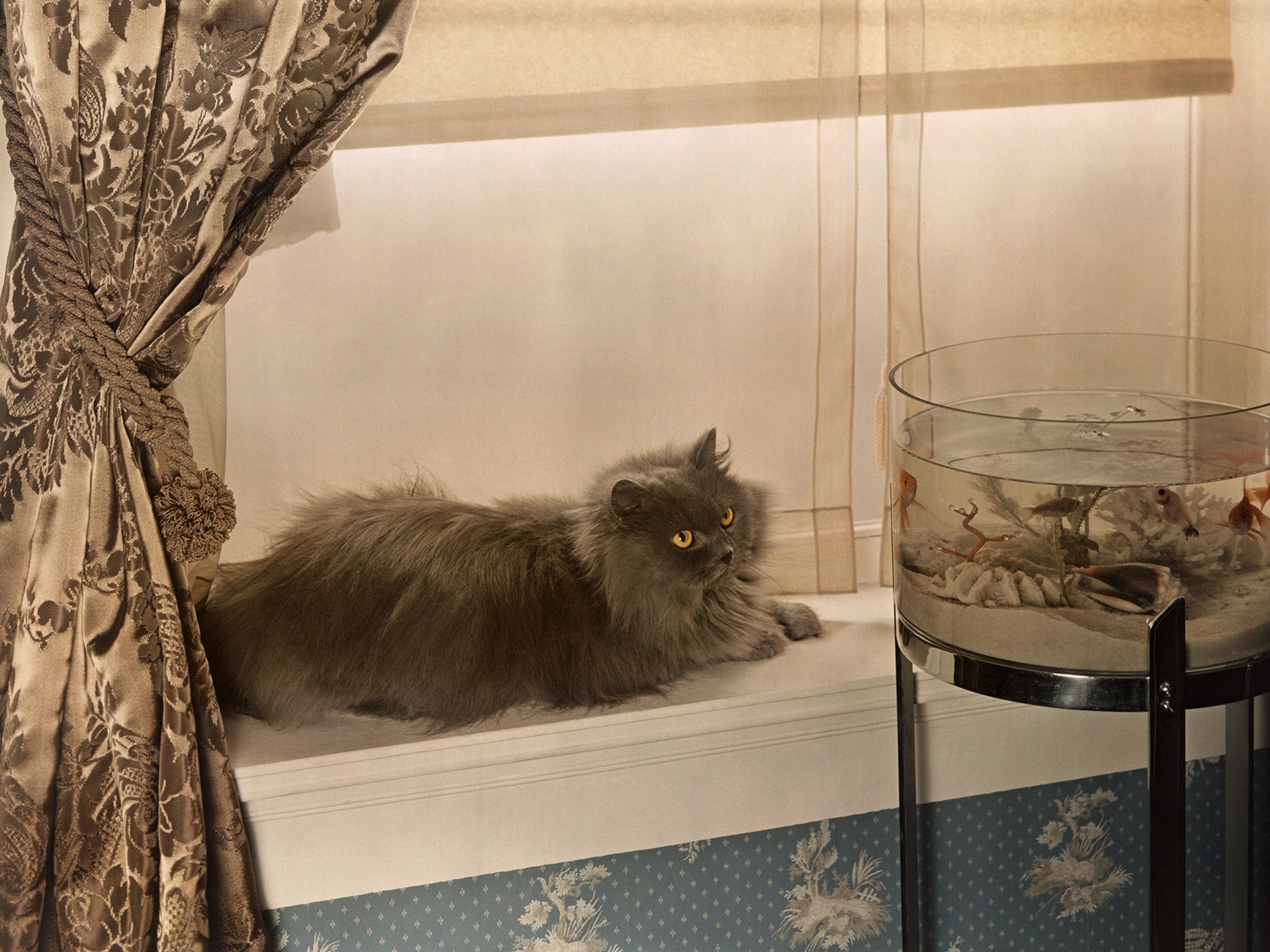
Cat in Space Would Join an Interstellar Menagerie
Iran's Persian astronaut would only be the latest creature in the cosmos.
Hey diddle diddle / The cat and the fiddle / The cow jumped over the moon… It might seem like a simple nursery rhyme, but to an extent, it rings true: Animals have long blazed trails for human space explorers.
Now comes word that a feline from Iran will be the latest to join this storied group of travelers.
Mohammad Ebrahimi, a senior space program official for the Iranian government, announced Monday that the country plans to send a cat—Persian, of course—to space. This comes on the heels of Iran's unconfirmed attempt to send a monkey earlier this year.
That news made us wonder: What other types of animals have been sent into space?
(Related: "The Unsung Heroes of the Space Program.")
Here are some common—and odd—animals who have reached for the stars.
Fruit flies: In 1947, fruit flies made history as the first beings to go beyond Earth's atmosphere. Good news for all the rotting fruit back home: They made it home alive.
Monkeys: Monkeys are particularly popular space tourists. The first was a rhesus named Albert I, who was launched on a secret mission to measure radiation exposure on June 11, 1948; NASA called him "an unsung hero of animal astronauts." Albert I set the stage for a series of test flights with rhesus monkeys, all called Albert. Yorick became the first monkey to survive a flight in 1959. Argentinian cai monkeys came soon after, and squirrel monkeys were a popular option for short trips.
Rodents: A frequent contributor to scientific understanding, mice began accompanying monkeys on flights beginning with Yorick. France's Hector the rat was launched in the 1960s. Albino rats were a popular choice in the 1980s.
Dogs: Laika captured the world's imagination when she was launched into orbit by the USSR on November 3, 1957. Laika was the trailblazer for many more pups in space.
Rabbits: What's up, doc? Marfusa was the first rabbit in space, launched from the USSR in 1959.
Frogs: The USSR sent a couple of frogs in 1959. Bullfrogs were a popular emissary.
Guinea pigs: The popular pet has been hurtled into space since the 1960s.
Cats: Felix the astronaut cat was set to be the first kitty in the cosmos, but Felix (wisely?) ran away. Felicette was chosen as a replacement in 1963, becoming the first feline to leave Earth.
Tortoise: As part of its random animal space program, the USSR sent one on a voyage around the moon in 1968.
Fish: A mummichog, a type of minnow, paradoxically swam in space in the 1970s.
Spiders: Arabella and Anita didn't quite enter the Andromeda Galaxy, but they did make it farther than their Earth-bound brethren.
Newts: Ten newts with amputated limbs were sent into space for scientists to study regeneration. Research from that flight was used to better understand human injuries.
Others: Parasitic wasps, flour beetles, water bears, amoebas, plants, fungi, chicken embryos, silkworms, Madagascar hissing cockroaches, Mexican jumping beans, butterflies, brine shrimp, sand desert beetles, crickets, snails, carp, Japanese rice fish, sea urchins, jellyfish … The sky's the limit regarding the types of animals in space.
And let's not forget chimps, the animals whom humans genetically resemble most.
Chimps joined the high-flying club in the 1960s. Perhaps the most famous animal astronaut was Ham, the first space chimp, whose 115-mile-high (185-kilometer-high) trip in 1961 preceded Alan Shepard's first U.S. manned flight later that year.
Follow Tanya Basu on Twitter.





